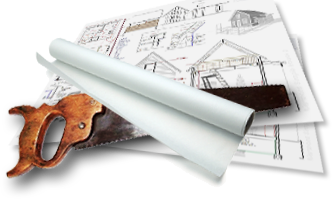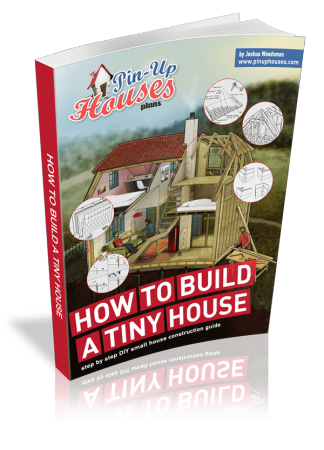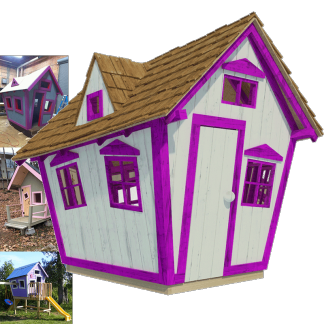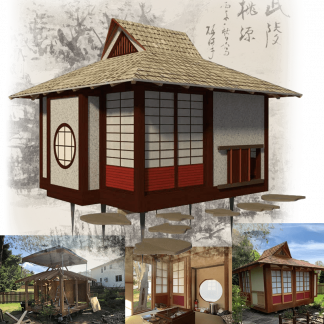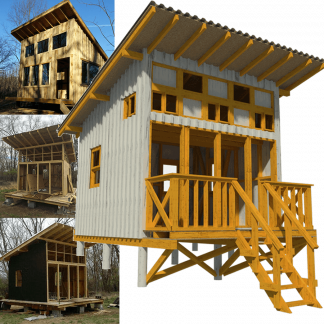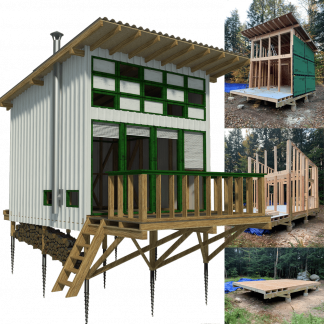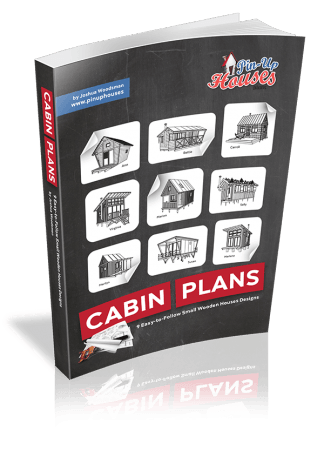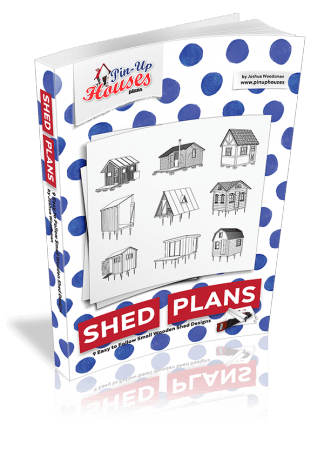Living in a tiny house can be liberating in many ways. Less space means less to clean, fewer things to maintain, and a more intentional way of living. But it also requires creativity to make sure every inch counts. When square footage is limited, storage, comfort, and style all have to work together seamlessly. That’s where smart, do-it-yourself space-saving solutions come into play.
With the right ideas, you can maximize every nook and cranny without making your home feel cramped. Whether you’re building your tiny home from scratch or looking for ways to improve an existing one, thoughtful design choices can transform a small footprint into a surprisingly functional and beautiful living space.
Thinking Vertically
One of the biggest advantages in a small home is the vertical space. Too often, people focus only on floor area, forgetting that the walls and even ceilings can serve as valuable storage and design opportunities. Shelving that goes all the way up to the ceiling, wall-mounted hooks for everyday items, and tall, narrow storage units can all help free up floor space.
Even in spaces like the kitchen, using vertical storage for cookware, utensils, and pantry items can keep counters clear while still keeping things within easy reach. The more you look upward for storage solutions, the more floor space you’ll reclaim for movement and comfort.
Multipurpose Furniture with Hidden Storage
In a tiny house, furniture has to do more than just look nice it has to work hard. Multipurpose pieces, especially those with hidden storage, are a game changer. Think of beds with drawers underneath, ottomans that open to hold blankets, or benches with lift-up seats for stashing shoes and bags.
These solutions reduce clutter and allow you to have the furniture you need without sacrificing precious square footage. By integrating storage into furniture, you avoid the visual bulk of standalone storage pieces while still keeping your home organized.
Flexible and Foldable Features
When space is limited, you need the option to expand when you need it and tuck things away when you don’t. Fold-out tables, wall-mounted desks, and collapsible kitchen counters allow you to create workspace or dining areas when needed, then free up room for other activities.
This flexibility is especially important in shared living areas, where one space may need to serve multiple purposes throughout the day. For example, a wall-mounted drop-leaf table can serve as a dining table in the evening and fold flat during the day to open up more room for movement.
Light, Color, and Illusion
The way you decorate can make your home feel larger without actually adding any square footage. Lighter colors on the walls and ceilings help reflect natural light, making spaces feel airy and open. Strategic use of mirrors can create the illusion of more space, bouncing light around and visually expanding the room.
Keeping the design cohesive also matters. Too many competing colors or patterns can make a small space feel chaotic. A consistent color palette and minimal visual clutter can help your tiny house feel calm and inviting.
Making the Most of Every Nook
Tiny homes often have awkward corners, loft spaces, or oddly shaped alcoves that can easily become wasted space. Instead of leaving these areas unused, consider custom DIY projects to turn them into functional storage or cozy seating areas.
For instance, a small corner near a window could become a reading nook with built-in bookshelves beneath the seat. The space under stairs can be transformed into drawers, cabinets, or even a compact home office setup. By customizing storage to fit your home’s unique layout, you ensure that no inch is wasted.
When Small Space Meets Local Living
While space-saving strategies are universal, how you implement them often depends on your location and lifestyle. In some areas, maximizing space might mean focusing on storage for seasonal clothing or outdoor gear. In others, it might mean designing a tiny house with more open space for hosting guests or working from home.
If you’re considering downsizing or even selling your current property to embrace the tiny home lifestyle in Auburn, Alabama, knowing your market and local resources can help guide your choices. For some, the journey toward a smaller, more efficient home starts with selling their existing house and in such cases, finding the right buyer quickly can make all the difference. Whether you’re staying in the area or relocating, making the transition smoothly allows you to focus on designing your new compact space without unnecessary delays.
Outdoor Extensions of Indoor Space
When the inside of your home is small, the outdoors can become a natural extension of your living space. Simple DIY projects like building a small deck, adding a pergola, or creating a comfortable outdoor seating area can significantly expand your usable square footage at least during good weather.
Even a small balcony or patio can serve as an outdoor dining room, reading nook, or workspace. When paired with good lighting and weather-resistant furnishings, these spaces can be enjoyed year-round in many climates.
Streamlining Possessions
No matter how clever your space-saving strategies are, they’ll only work if you’re intentional about what you keep in your home. Tiny house living often requires regular editing of your possessions to ensure that everything serves a purpose or brings you joy.
This doesn’t mean living without comfort it simply means making conscious choices about what truly matters. Streamlining possessions makes cleaning easier, reduces stress, and helps your space remain functional and beautiful over time.
The Joy of Living Small
While tiny houses may require more planning and creativity, they also offer unique rewards. The process of designing and maintaining a small space encourages a focus on what’s essential, both in terms of possessions and lifestyle. Each design choice becomes more intentional, and each corner of the home has the potential to bring joy and functionality.
By applying smart DIY space-saving tips, you can turn a tiny home into a comfortable, efficient, and stylish retreat. From vertical storage to multipurpose furniture and from light-enhancing décor to outdoor living, every detail contributes to making the most of limited space.
Living in a tiny house isn’t about giving up it’s about gaining freedom, reducing excess, and creating a home that truly works for you. With a little creativity and thoughtful planning, small-space living can be both practical and inspiring, no matter where your journey takes you.

